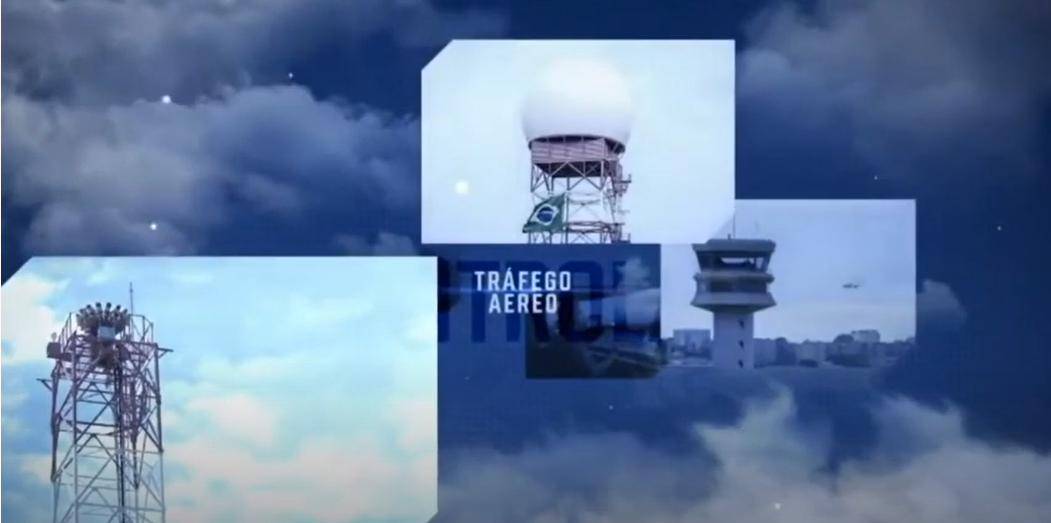The New Sao Paulo Terminal Control Area (SAO TMA NEO) air space structure was implemented on 20 May 2021. The revised layout will enable the safe and efficient handling of the projected traffic growth in an airspace which covers three important airports: Guarulhos (GRU), Congonhas (CGH) and Campinas (VCP).
To realize this, extensive collaboration between the industry and Brazilian aeronautical authorities was necessary. IATA actively participated in this project by facilitating a workshop on best airspace planning practices, as well as by supporting the development of the new airspace concept. In addition, IATA subject matter experts provided technical support at all stages of the project.
The project included a complete restructuration of the Curitiba Flight Information Region (FIR), in order to provide new exit/entry points to the new Terminal Control Area (TMA) to/from the main airports in southern Brazil (Florianopolis, Porto Alegre, Curitiba), with the objective of providing more capacity to the Air Traffic Control system, as well as to increase direct routings during times of medium and high demand.
This also required an important change on the boundaries between Brasilia and Curitiba FIRs, in order to include the northwest entry point under Brasilia Area Control Center (ACC) jurisdiction. This allows for a better coordination of the main traffic flows to SAO Area, which include flights to/from Europe, the US and northeastern Brazil. This initiative has the potential to increase the use of direct routings in the Recife and Brasilia FIRs.
Another important implementation of the TMA SAO Neo project was the restructuring of the Visual Flight Rules (VFR) corridors, with the aim of avoiding interference between turboprop aircraft flying to smaller airports and jet aircraft operating to GRU, CGH and VCP. This initiative will allow better climb and descend profiles for aircraft operating in the main airports, avoiding unstable approaches and more efficiency through continuous climb operations.
The implementation of the SAO TMA NEO is expected to provide a 10% additional annual air space capacity based on the forecasted demand for the next 10 years, reduce air traffic controllers’ and pilots’ workload, cut holding times and delays due to airspace capacity and remove conflict areas while improving aircraft separation.
Estimations based on fast time simulation on efficiencies are fuel savings between 1.5% and 3% of total fuel used to fly to and from SAO TAM NEO – equivalent to 8,500 to 17,000 tons of fuel per year – and avoidance of CO2 emissions between 27,000 to 54,000 tons per year.
IATA will continue to work closely with its members and aeronautical authorities to monitor the savings’ moving forward and identify additional areas of improvements in Brasilia and Recife FIRs.
Further information regarding aeronautical publication and IFR procedures could be found at https://aisweb.decea.mil.br/.



